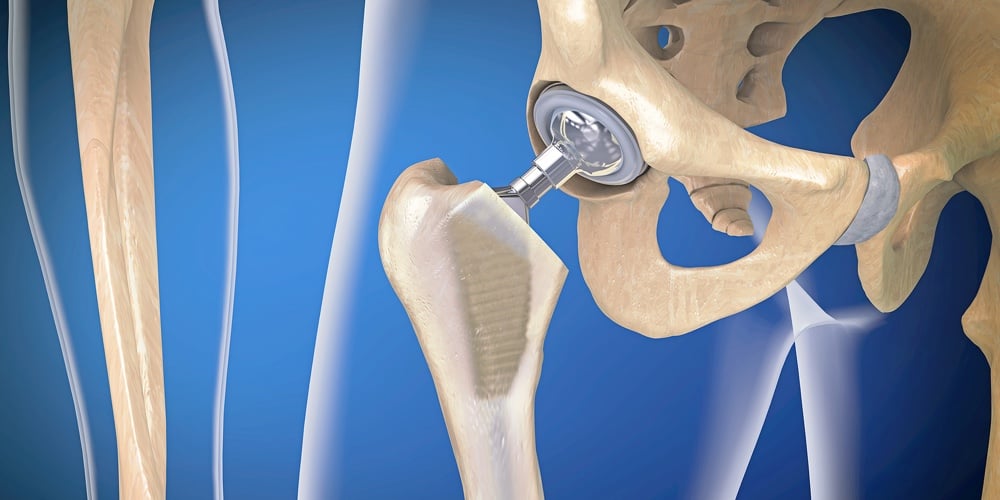Who knew hip replacement surgery would teach me inspirational leadership lessons.
I’ve suffered from extreme hip pain the past two years. First I took aspirin. Then I scheduled massages, followed by acupuncture, a chiropractor and finally cortisone. I’d be so hopeful after each intervention. The pain would temporarily abate and then slowly return with a vengeance.
Reminds me of the credit union that asked me to coach a long-term employee. She was skilled at technical tasks, exceptionally accurate and excelled at productivity. To her peers, however, she was disrespectful, bossy and a borderline bully. Leadership would coach her and she’d improve temporarily. After each coaching session, she’d eventually revert to old habits. They’d coach her again. And she’d revert. Coach again. She’d revert. Sounds like the definition of insanity, right? In all fairness, part of the responsibility was rooted in coaching without consequences. But that’s a whole other conversation.
Meanwhile, talent leaving the credit union consistently identified this employee as part of the reason they left. Sadly, the credit union let this tenured employee hold the organization hostage by not taking assertive action with consequences. Leadership was convinced she would eventually improve.
Rather like my choice to have hip replacement surgery. By the time I’d made my decision, I could only move while clinging to a walker. Whaaaat?? How much pain do you have to be in before you take action? Finally, an orthopedic surgeon accurately diagnosed bone on bone and scheduled me for hip replacement surgery. Sometimes the signs may be clear; alas, corrective action only comes when pain is so excruciating you must wake up to the truth of either living with the negative impact or taking surgical action.
The day after surgery, I woke up in a skilled rehab facility. It was a cross between One Flew Over the Cuckoos Nest and The Best Exotic Marigold Hotel. The short and long-term residents in my wing kept me fully entertained during my two-week stay. I was the youngest by at least ten years.
Physical therapy began on a stationary bike the day after surgery. In-house therapists were patient, persistent and unflappable. Every day for an hour and a half they put me through exercises to speed my recovery. They were relentless. After the first three days I was still bent over the walker like an octogenarian, holding on tightly as I tentatively lifted one foot in front of the other. Mind you, there’s a 12 inch incision in my thigh that I’m certain will burst if I put my full weight on the new titanium hip.
During one session, the physical therapist questioned me sternly, “Do you want to walk all hunched over the rest of your life?” I just knew she was using the Socratic coaching methodology and frankly I wanted to slap her. “Stand up straight and put your full weight on both hips,” she barked at me. “Won’t that hurt?” I asked meekly.
She replied more gently, “Pain is part of the healing process and your body needs to learn how to walk correctly after years of unhealthy limping.” Served me right to hear the very words I use when coaching people out of ineffective leadership behaviors they’ve had for years.
I was determined to teach my legs the correct skills and toss the cane before the end of my stay. Therapy was not just about retraining and unlearning old habits, it was about building self-confidence. Inspirational leaders know how to infuse new behaviors with the right amount of encouragement and confidence building. The best leaders know when and how hard to push.
Half-way through my two-week stay I hit a wall. I didn’t want to get out of bed. I announced to the floor nurse not to let any physical therapist near me as I was taking the day off. An hour later, a therapist entered my room to see why I hadn’t been to PT. I explained I was taking a break so he should just sashay himself right out of my room.
He responded patiently, “Let’s just walk down the hall a little bit so you at least get your blood flowing.” I reluctantly agreed. By that point in my recovery, I was able to get out of bed myself and used a cane instead of a walker and he complimented me on my progress. His observation encouraged me to show off and I made it to the very end of the hall without stopping. At the doorway to PT he remarked, “Oh look, there’s an empty chair gathering dust. Why don’t you sit and I’ll just give you one new exercise”.
Scowling -- because I knew exactly what he was doing -- I sat down in the chair next to one of the residents from my wing. Gray-haired Yolanda was a wiry little thing with 1lb weights on her skinny ankles and she’d grunt loudly as she lifted each leg. Yolanda showed up to PT every day. She turned her head and asked me, “Is it okay that I make noises when I do my leg lifts?” I responded, “You go girl!” She leaned closer towards me conspiratorially. In a stage whisper she announced, “I need all the motivation I can get; I’m 102 years old!”







